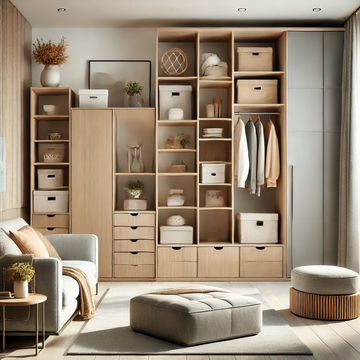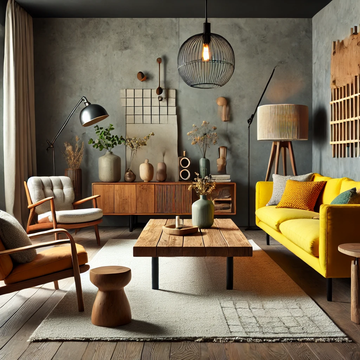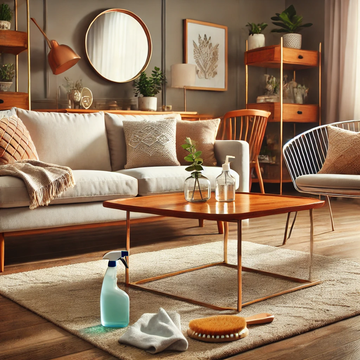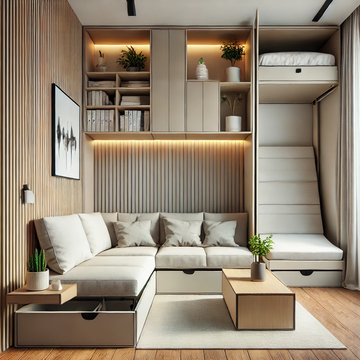Why Safe Sleep Practices Matter
When it comes to your baby’s sleep, safety is a top priority. It’s not just about comfort—choosing the right crib and bedding can significantly reduce risks and ensure that your little one sleeps soundly and securely. Think of it as setting up a cosy, secure haven for your baby where you can rest easy knowing they’re safe. It’s a big responsibility, but with the right information, you can make informed choices that give you peace of mind.
Step 1: Choosing the Right Crib
The crib is the central piece of your baby’s sleep environment, so selecting the right one is crucial. Here’s what you need to consider:
Safety Standards
When shopping for a crib, make sure it meets current safety standards. Look for cribs that comply with safety regulations, such as those from the British Standards Institute. Avoid older cribs or those from unknown brands that might not adhere to these standards. Trust me, checking the safety certifications can save you from future headaches.
Design and Construction
Opt for a crib with a sturdy construction and no sharp edges. A solid frame and a mattress that fits snugly within the crib’s dimensions are essential. Cribs with adjustable mattress heights can be a bonus, as they allow you to lower the mattress as your baby grows, reducing the risk of falls.
Convertible Cribs
Convertible cribs offer versatility as they can transform into toddler beds or even full-sized beds later on. If you’re looking for long-term value, a convertible crib can be a great investment. It’s like getting multiple pieces of furniture in one!
Step 2: Selecting the Right Bedding
Once you’ve got the crib sorted, it’s time to think about bedding. Here’s how to choose bedding that’s both comfortable and safe:
Mattress Selection
The mattress should be firm and fit snugly within the crib’s frame. A too-soft mattress or one that leaves gaps can pose a risk. Ensure that the mattress is breathable to help regulate your baby’s temperature and reduce the risk of overheating.
Fitted Sheets
Always use fitted sheets that are designed specifically for the size of the crib mattress. Loose sheets or blankets can pose a suffocation risk. Opt for breathable fabrics like cotton, which are gentle on your baby’s sensitive skin.
Avoiding Loose Bedding
It’s tempting to dress up your baby’s crib with lots of cute pillows and blankets, but it’s best to avoid these. The safest sleep environment is one with no loose bedding, pillows, or toys, which can lead to suffocation hazards. Instead, consider a sleep sack or wearable blanket for warmth.
Step 3: Creating a Safe Sleep Environment
Setting up the crib isn’t just about the physical items—it’s about creating a safe sleep environment too. Here’s what you should keep in mind:
Room Temperature
Keep the room at a comfortable temperature. Overheating can be dangerous, so ensure the room is neither too hot nor too cold. A room thermometer can be helpful in maintaining the right temperature.
Positioning Your Baby
Place your baby on their back to sleep, as this position is recommended to reduce the risk of sudden infant death syndrome (SIDS). Avoid placing your baby on their stomach or side, and keep the crib free of any items that could obstruct their breathing.
Regular Checks
Make it a habit to check your baby’s sleeping environment regularly. Ensure the crib remains in good condition and the bedding is clean and appropriately fitted. This simple practice can prevent many potential issues and maintain a safe sleep space.
Ready to Set Up a Safe Sleep Space?
Choosing the right crib and bedding is an important step in ensuring your baby’s sleep is as safe and comfortable as possible. By focusing on safety standards, selecting appropriate bedding, and creating a secure sleep environment, you’re setting up a cosy haven where your little one can sleep soundly. Take your time to make informed choices, and you’ll be able to rest easy knowing your baby is in good hands.




